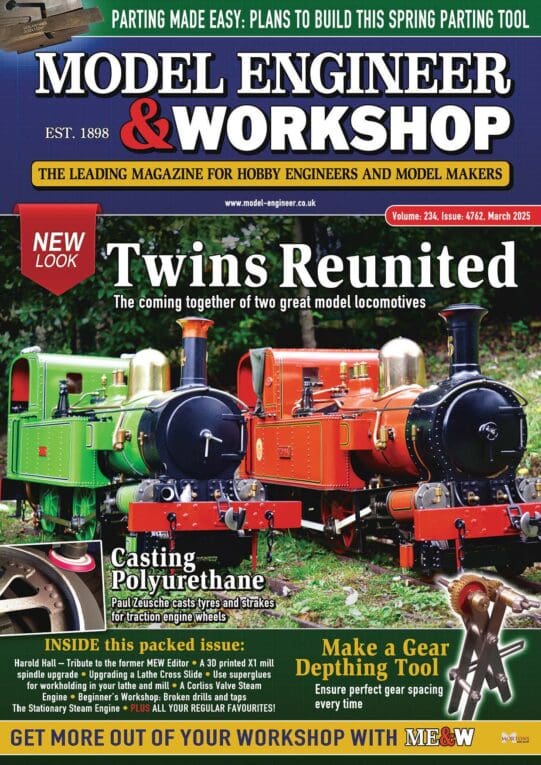I made a crank for my Stuart triple by machining it from solid. As a true masochist I also machined the eccentrics on it at the same time. This required a minor change to the valve gear so that all the eccentrics could be done using the same centres.
I left the crank webs as circles and used a tube with the same internal diameter to support them all, eg you clamp on a piece over each of the parts you are not working on to help prevent any flexing. Once the crank is done you can machine away the excess to just leave the crank and a balance weight.
Actually all of my triple is machined from solid, apart from the base, which I picked up for $2 at a club auction. I have no idea what happened to the rest of the castings set!
Some of the Stuart crankshafts were welded, possibly a friction weld. I had one for a double ten were the weld was harder than any tooling I could bring to bear on it, including carbide. If I had been able to grind it I might have been able to use it, but instead I made a new one from sold.
Incidently if you have the right gear, a lot of material can be removed from a crank blank by milling between centres. This is faster and less fraught than turning on the lathe, although you need to do the latter for the final finishing.
Dean Clarke 2 (see his V12 thread here) uses a jig which is a large block mounted in the chuck with a hole in it to fit the round webs. The crank is moved out step by step to do each crankpin, so each pin is machined as if it was a simple overhung crank, with the rest of the crank either supported in the block, or whilrling around harmlessly in mid air. This works fine, but might need a big lathe for a Stuart Triple crank.
John
Peter Hogan 2.




